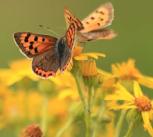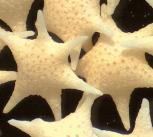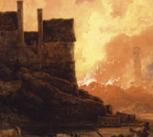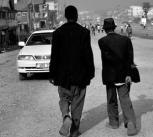Spanish butterflies better at regulating their body temperature than their British cousins
09 January 2024Butterfly populations in northern Spain are better than their UK counterparts at regulating their body temperature, but rising global temperatures may put Spanish butterflies at greater risk of extinction.










